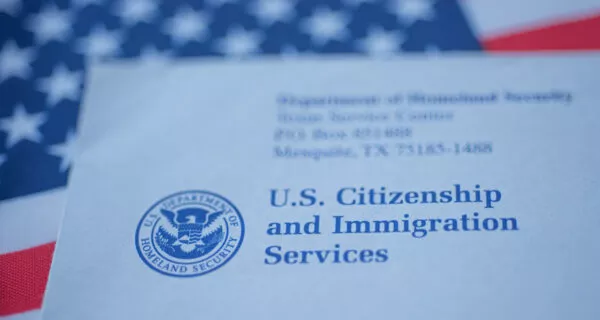The United States Citizenship and Immigration Services (USCIS) agency has issued new policy guidance stemming from its settlement agreement in Shergill et al. v. Mayorkas, a federal lawsuit that sought to compel USCIS to provide automatic employment authorization extensions for certain H-4 and L-2 spouses.
Effective November 12, 2021, USCIS began implementing automatic extensions of employment authorization documents (“EADs”) to H-4, L-2, and E spouses, if they timely filed an application to extend their employment authorization (using Form I-765) and have an unexpired Form I-94 evidencing current H-4, L, or E status. The automatic extension of their EAD will continue until the earlier of: (1) the expiration date of their Form I-94 showing valid status, (2) the final disposition of the Form I-765 renewal application, or (3) 180 days from the expiration of their previous EAD.
This new policy guidance is welcome news to employers, as it will prevent gaps in employment for the impacted foreign national employees due to frustrating USCIS backlogs and delays in adjudicating EAD renewal applications.
Employers of H-4, L-2, and E spouses should note that these individuals may now present the following combination of documents for I-9 compliance purposes, when such individuals are in the process of extending an expired EAD:
- Unexpired I-94 showing current H-4, L-2, or E status;
- Evidence of a timely-filed EAD renewal application (Form I-797C receipt notice) requesting eligibility under categories (a)(17), (a)(18), or (c)(26); and
- An expired EAD noting the (a)(17), (a)(18), or (c)(26) eligibility categories.
We expect USCIS to issue updated Form I-9 instructions in coming months to reflect these changes. Note that employers may not demand or request that the H-4, L-2, or E individual present any particular document(s) for I-9 purposes – employers must still accept any acceptable document or combination of documents listed here.
In addition, USCIS now recognizes that E and L-2 spouses (but not H-4 spouses) enjoy employment authorization “incident to their status,” meaning that they are not required to apply for an EAD to accept initial employment in the U.S. For purposes of completing Form I-9, E and L-2 spouses may use a newly annotated I-94 that will distinguish E and L-2 spouses from other E and L-2 dependents, such as children (in addition to relevant identity documents). USCIS will change its Form I-94 annotations within the next few months to distinguish E an L-2 spouses from other types of dependents. As a result, L-2 and E spouses should continue to maintain their EAD validity until USCIS updates its system.
For more information, please contact Lori Geisinger at [email protected] or Edward Farwell at [email protected].
This publication should not be construed as legal advice or a legal opinion on any specific facts or circumstances not an offer to represent you. It is not intended to create, and receipt does not constitute, an attorney-client relationship. The contents are intended for general informational purposes only, and you are urged to consult your attorney concerning any particular situation and any specific legal questions you may have. Pursuant to applicable rules of professional conduct, portions of this publication may constitute Attorney Advertising.
